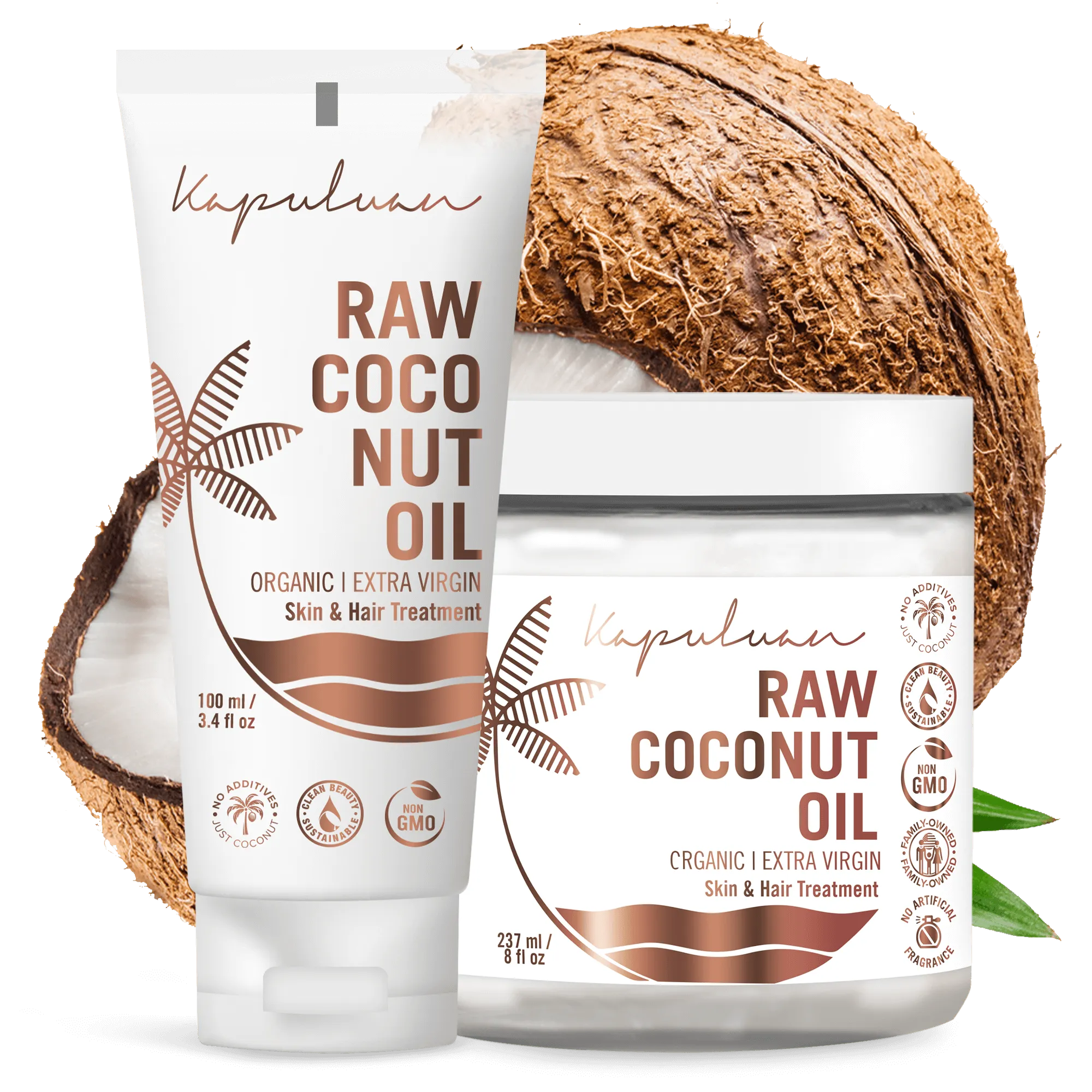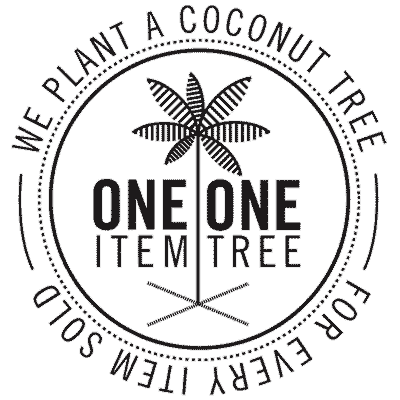Last Updated on December 21, 2023 by Kapuluan

Sunscreen is a controversial subject.
Some think it protects us from the sun and the side effects of overexposure – Cancer.
Some say sunscreen facilitates cancer, baking harsh chemicals into the skin while giving people overconfidence to spend all day in the sun, exposed to high levels of UV rays.
What most overlook is that, as humans, we need the sun. It keeps us alive and healthy. Vitamin D is crucial to human health, helping to regulate the immune system and the neuromuscular system while also playing a significant role in the life cycle of human cells.
Vitamin D is so crucial that your body makes it by itself — but only after skin exposure to sufficient sunlight.
The Vitamin D Council — a scientist-led group promoting vitamin D deficiency awareness — suggests vitamin D treatment might be found helpful in treating or preventing autism, autoimmune disease, cancer, chronic pain, depression, diabetes, heart disease, high blood pressure, flu, neuromuscular diseases, and osteoporosis.
Vitamin D deficiency has now been linked to breast cancer, colon cancer, prostate cancer, heart disease, depression, weight gain, and other disorders. These studies show that people with higher vitamin D levels have a lower disease risk. However, they do not definitively prove that lack of vitamin D causes disease — or that vitamin D supplements would lower risk.
While Vitamin D may be an ongoing debate, we believe that the sun is essential to human health, but moderation is usually the best formula, like anything. A little sun daily can do wonders for our physical and mental health!
However, a more significant issue lurks among the arguments; it’s no secret that many sunscreens contain harmful ingredients that cause health problems. We highlight some of the ingredients to watch out for below:
PABA: PABA derivatives are commonly used in sunscreens as ultraviolet B (UVB) filters. PABA use has declined, but its derivatives are still around today. PABA may alter thyroid activity, and PABA derivatives may have additional endocrine-disrupting properties.
UV radiation is more likely to damage DNA in the presence of PABA, and DNA damage to the skin increases the risk of skin cancer. These studies raise serious concerns about the potential for PABA to sensitize the skin to radiation, although human studies are needed to confirm these findings. In the absence of such studies, precautions may be warranted.
Octinoxateo is a UV filter called Octyl methoxycinnamate or (OMC). It can be absorbed rapidly through the skin. Octinoxate has been detected in human urine, blood, and breast milk, which indicates that humans are systemically exposed to this compound. Octinoxate is an endocrine disruptor that mimics estrogen and can disrupt thyroid function. In addition, Octinoxate increases cell proliferation in cells that grow in response to estrogen exposure. Lifetime estrogen exposure is an established risk factor in the development and progression of breast cancer.
Homosalate: is a widely used chemical in sunscreens and skin care products with SPF. Homosalate is a potential endocrine disruptor; cell studies suggest it may impact hormones. In addition to direct health concerns following homosalate exposure, the chemical may also enhance the absorption of pesticides in the body. For example, in human breast cancer cells, which grow and multiply in response to estrogen, homosalate exposure leads to 3.5 times more cell growth and multiplication.



